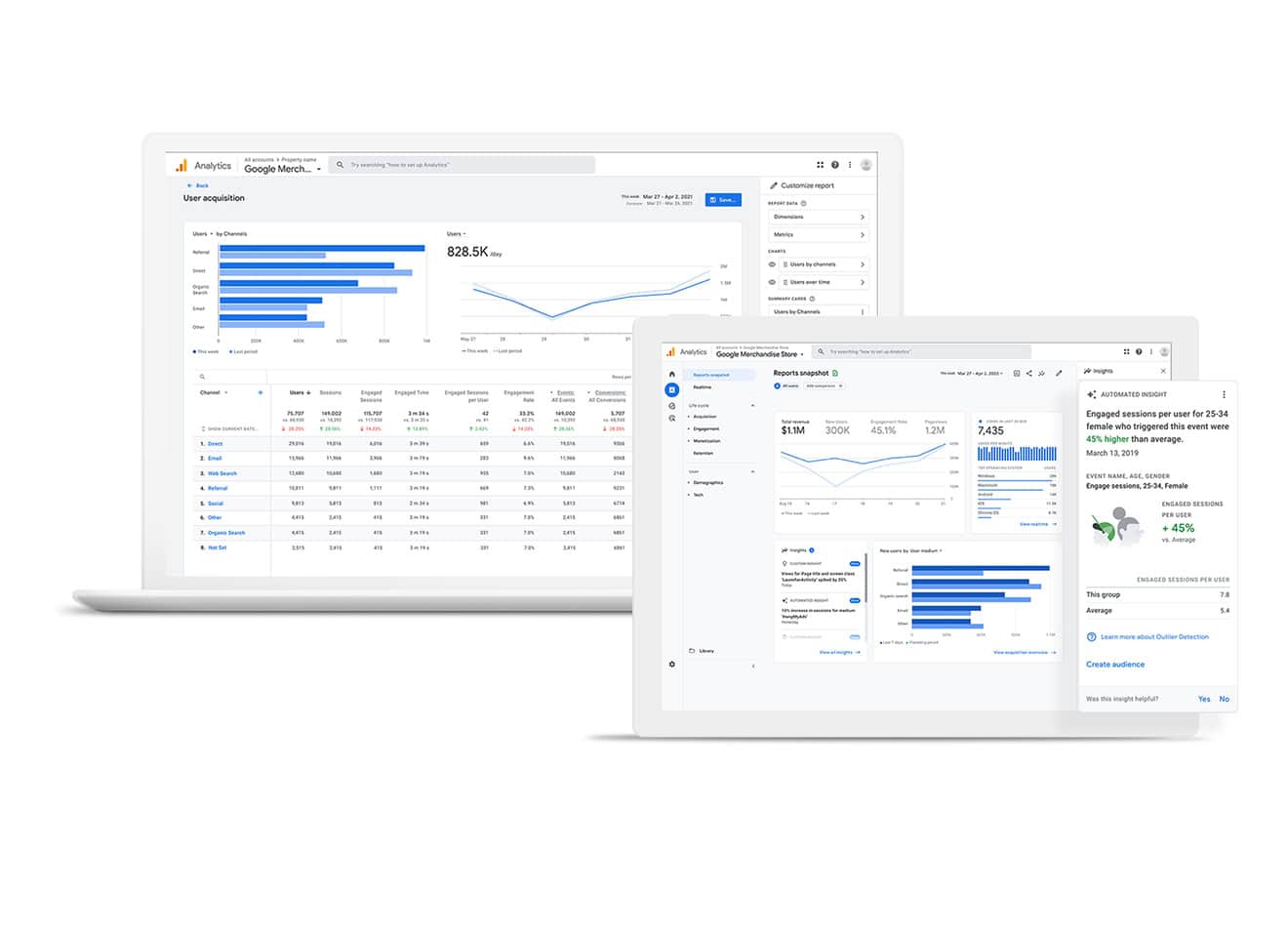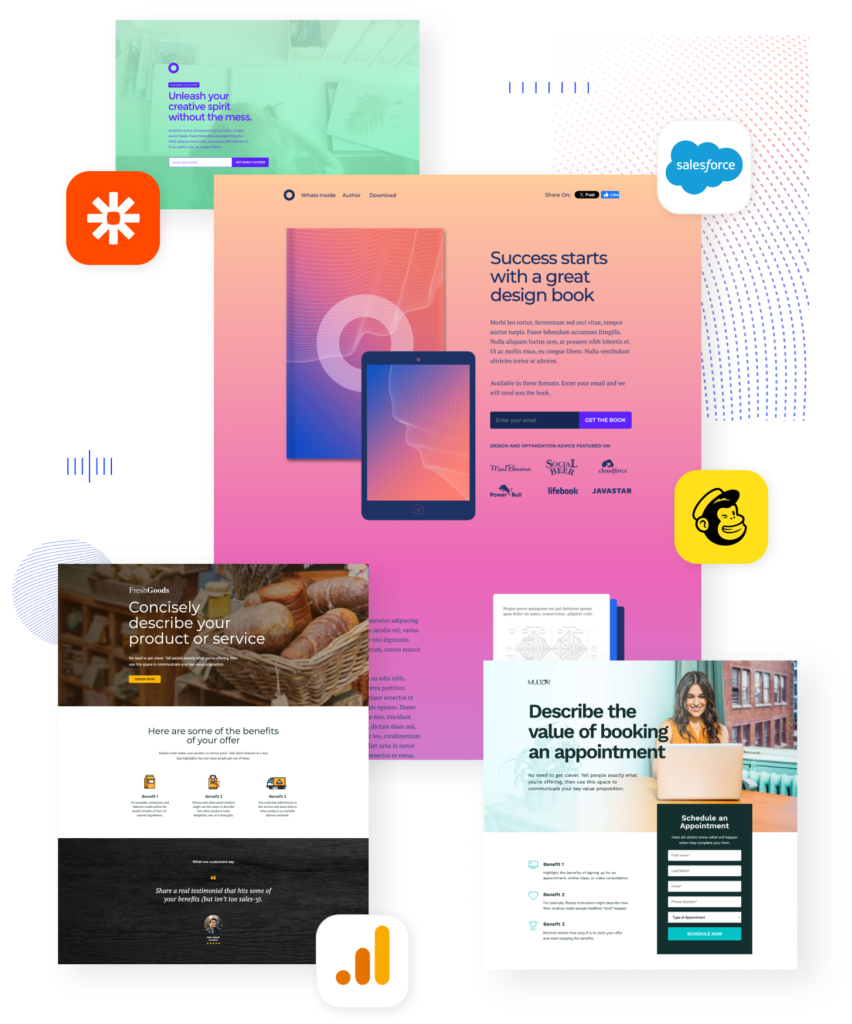In the constantly changing realm of digital marketing, Google Ads is a potent tool for companies trying to improve their online visibility and increase conversions. Learn how to use it effectively with this comprehensive guide to digital advertising success. Reaching a large audience is possible because millions of searches are made every day. However, it takes a strategic approach to navigate the intricacies of digital advertising.
Key Takeaways
- Digital advertising landscape is constantly evolving and requires staying updated with the latest trends and technologies.
- Identifying your target audience is crucial for creating effective ad campaigns and maximizing ROI.
- Compelling ad copy and visuals are essential for capturing the attention of your target audience and driving engagement.
- Utilizing data and analytics can help in optimizing ad campaigns for better performance and targeting.
- Choosing the right ad platforms and formats is important for reaching your target audience and achieving your advertising goals.
From comprehending the digital environment to assessing ad performance, this post will walk you through the crucial elements of a successful Google Ads campaign. Rapid technological advancements and changing consumer behaviors reflect the dynamic nature of the digital advertising landscape. Marketers must comprehend this environment as more companies move to online platforms. A variety of platforms are included in digital advertising, such as email marketing, social media, display networks, and search engines. Understanding the subtleties of each channel is crucial because they present different opportunities and difficulties.
Programmatic advertising has become popular in recent years, enabling advertisers to automate real-time ad space buying and selling. This technology optimizes ad spend and increases return on investment by using data to more precisely target particular audiences. Also, consumers’ interactions with advertisements have changed due to the proliferation of mobile devices, making a mobile-first strategy essential for campaign tactics.
In an increasingly competitive digital landscape, marketers can better position their campaigns for success by keeping up with these trends.
The first step in any successful advertising campaign is determining your target audience.
By knowing who your ideal clients are, you can better target them with your messaging. To begin, develop comprehensive buyer personas that include demographic data like location, income level, gender, and age. Also, take into account psychographic elements such as values, interests, and purchasing patterns. You can gain important insights into the demographics and habits of your website visitors by using tools such as Google Analytics. You can use this information to further narrow down your target market.
| Metrics | Value |
|---|---|
| Click-Through Rate (CTR) | 5% |
| Conversion Rate | 10% |
| Cost Per Click (CPC) | 0.50 |
| Return on Ad Spend (ROAS) | 400% |
For example, you can modify your ad targeting if you find that a sizable percentage of your traffic originates from a particular age range or region. You can produce more relevant advertisements that appeal to potential buyers by focusing on the preferences and problems of your audience. Following the identification of your target audience, the next stage is to create attention-grabbing ad copy and images. Good advertising copy should be succinct, interesting, and customized to the needs of your target audience. A compelling headline that captures attention and effectively conveys the value proposition should come first. Encourage users to complete the desired action—whether it’s visiting your website or making a purchase—by using language that is action-oriented.
The effectiveness of your advertisement can be greatly increased by using visuals. Videos or pictures of superior quality can greatly raise engagement rates. Make sure your images appeal to your target market and are consistent with your brand identity. Use bright colors and modern designs, for example, if you’re trying to reach a younger audience.
On the other hand, a more polished audience might react better to simple, uncluttered images. In a competitive market, you can make advertisements that stand out by fusing attention-grabbing imagery with persuasive copy. Digital advertising campaigns that are successful are centered on data and analytics. Marketers can improve the effectiveness of their campaigns by using data-driven insights to inform their decisions.
For your Google Ads campaign, start by establishing specific goals, such as raising website traffic, lead generation, or sales. Your efforts at data analysis will be directed by these goals. With Google Ads’ powerful analytics tools, you can monitor key performance indicators (KPIs) like cost per acquisition (CPA), conversion rates, & click-through rates (CTR). You can spot trends and areas for improvement by routinely going over this data. For instance, low conversion rates combined with a high click-through rate (CTR) can mean that although your ad is getting clicks, the landing page experience needs to be optimized.
Your campaigns can be optimized for maximum effectiveness by regularly evaluating data & making changes in response to new information. To effectively reach your target audience, you must choose the appropriate ad formats & platforms. Google Ads provides a number of choices, such as shopping ads, video ads, display ads, and search ads. Depending on the objectives of your campaign, you can use each format for its own purposes. Since search advertisements show up when users actively look for particular keywords associated with your goods or services, they are perfect for attracting intent-driven traffic.
Conversely, because display ads can reach users across multiple websites in Google’s Display Network, they are excellent for increasing brand awareness. Because they are captivating and can quickly communicate complex ideas, video advertisements are becoming more and more common. You can develop a comprehensive advertising strategy that optimizes reach and engagement by being aware of each format’s advantages. Methodical Experimentation to Gain Useful Knowledge. By testing these factors methodically, you can learn a lot about what appeals to your audience the most.
The Best Ways to Perform A/B Testing. To properly evaluate an A/B test’s effect on performance, it’s crucial to concentrate on just one variable at a time. For instance, to isolate the impact of changing the headline, keep all other components the same when testing two different headlines.
Advertising Refinement for Best Results. Once your tests have yielded enough data, examine the findings to determine audience trends and preferences. Utilize these insights to continuously improve your advertisements so they stay successful and relevant over time.
Any successful Google Ads campaign must have both a strong budget and a plan for bidding.
Determine your overall advertising budget first, taking into account your company’s objectives and the resources at your disposal.
When creating your budget, take desired return on investment (ROI) and customer lifetime value (CLV) into account. Different bidding strategies catered to distinct campaign goals are available through Google Ads. For example, think about employing manual CPC (cost-per-click) bidding if your objective is to maximize clicks within a constrained budget.
On the other hand, if conversions are your main goal, automated bidding techniques such as Target CPA (cost per acquisition) can assist in bid optimization by using past performance data. You can optimize your ad spend by matching your bidding strategy to your campaign objectives and financial limitations. In order to determine the success of your campaigns and make wise decisions going forward, it is imperative that you measure and assess ad performance. Make use of Google Ads’ integrated reporting features to monitor important metrics like ROI, clicks, impressions, and conversions.
Reviewing these metrics on a regular basis enables you to assess how well your advertisements are accomplishing your goals. In addition to quantitative measurements, take into account qualitative input from surveys or customer interactions to learn more about how users are interacting with your advertisements. By taking a comprehensive approach, you can more successfully pinpoint the campaigns’ advantages and disadvantages. Make data-driven changes based on this assessment to improve subsequent campaigns, whether that entails redistributing budgetary resources, modifying targeting specifications, or improving ad copy. In conclusion, mastering Google Ads necessitates a strategic approach that includes knowing the digital landscape, figuring out who your target audiences are, producing engaging content, using data analytics, picking the right platforms, running A/B tests, setting a sensible budget, and accurately assessing performance.
Your digital advertising efforts can be greatly improved by adhering to these recommendations & iteratively improving your tactics in light of data analysis insights. Are you prepared to push your Google Ads campaigns to the next level? Get started now and see how your online presence improves! Visit googleadauthority.com for more professional advice on digital marketing & authority marketing tactics.
If you are interested in learning more about digital marketing agencies for small businesses, you should check out this article on the best digital marketing agency for small businesses in San Francisco, California. This article provides valuable insights into how small businesses can benefit from working with a digital marketing agency.
FAQs
What are digital ads?
Digital ads are advertisements that are displayed on digital platforms such as websites, social media, search engines, and mobile apps. They can come in various formats including banner ads, video ads, and sponsored content.
How do digital ads work?
Digital ads work by targeting specific audiences based on factors such as demographics, interests, and online behavior. Advertisers bid for ad space on digital platforms and the ads are displayed to the targeted audience when they are browsing or using the platform.
What are the benefits of digital ads?
Some benefits of digital ads include the ability to reach a highly targeted audience, track and measure the performance of the ads, and adjust the ad campaigns in real-time. They also offer the potential for a high return on investment and can be more cost-effective than traditional advertising methods.
What are some best practices for creating winning digital ads?
Some best practices for creating winning digital ads include defining clear objectives for the ad campaign, understanding the target audience, creating compelling and relevant ad content, and optimizing the ads for different digital platforms. It’s also important to continuously monitor and analyze the performance of the ads to make necessary adjustments.
What are some common types of digital ads?
Common types of digital ads include display ads, which are visual ads that appear on websites and apps; search ads, which are text ads that appear on search engine results pages; social media ads, which are ads that appear on social media platforms; and video ads, which are ads that appear before, during, or after online video content.










